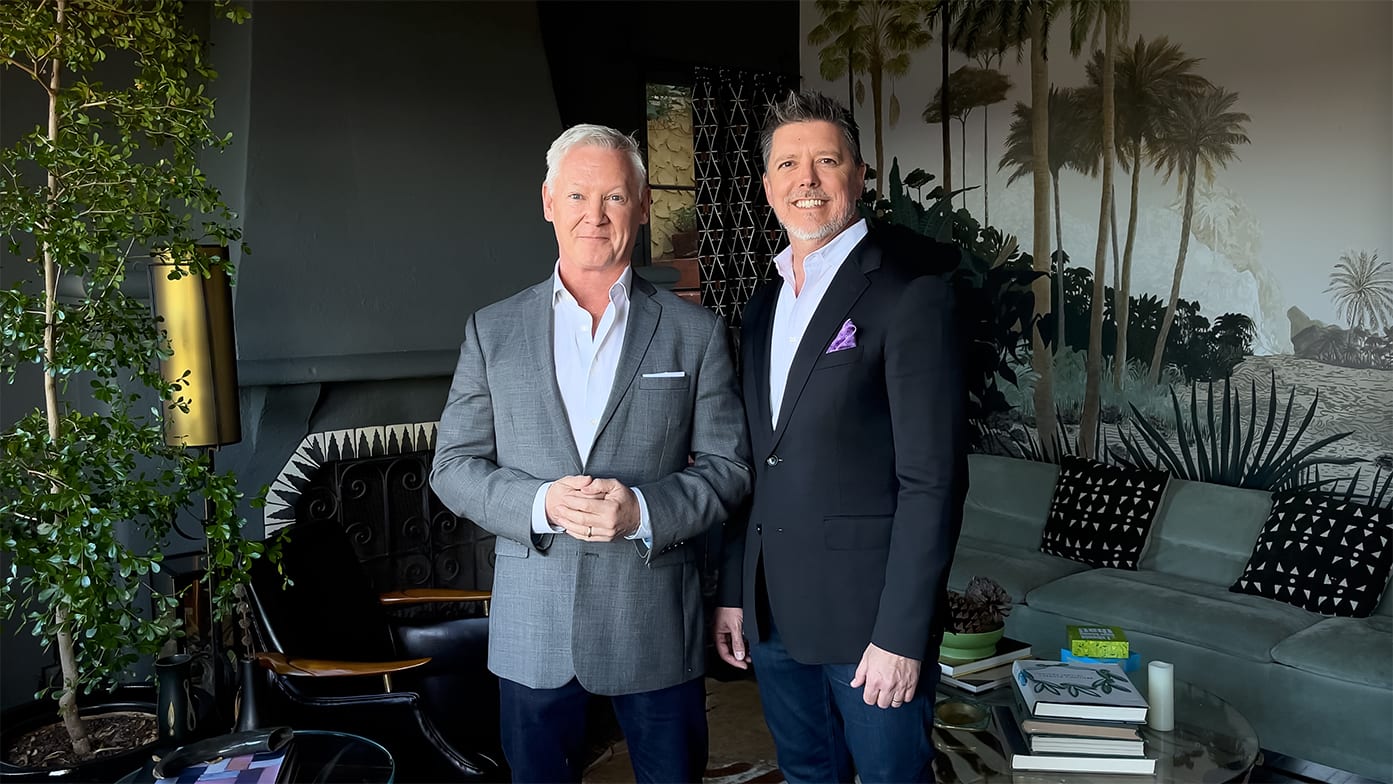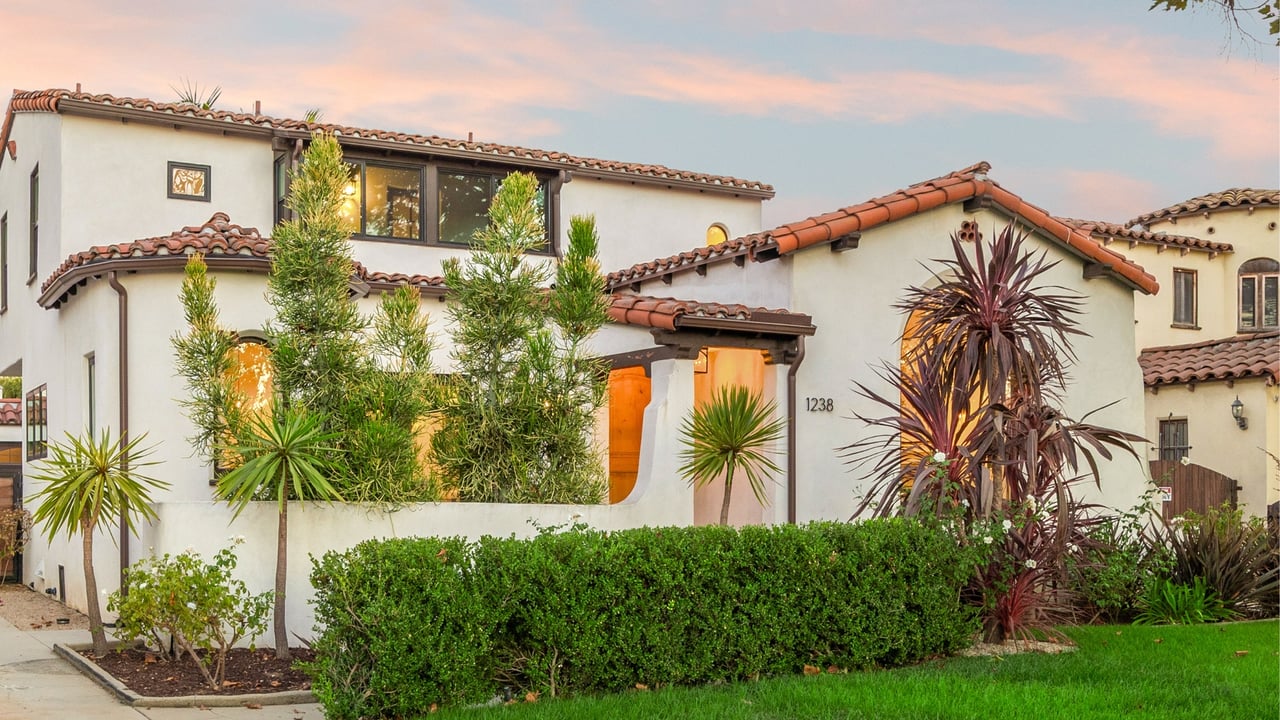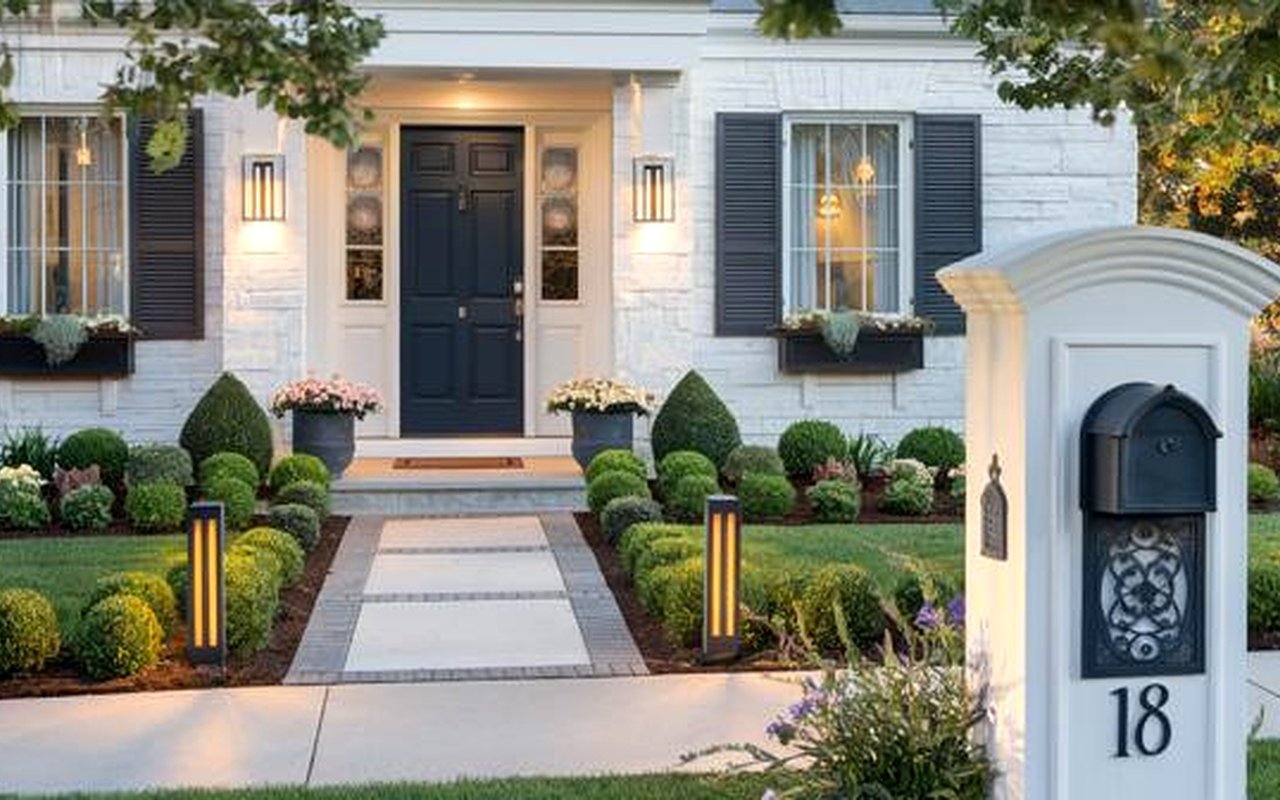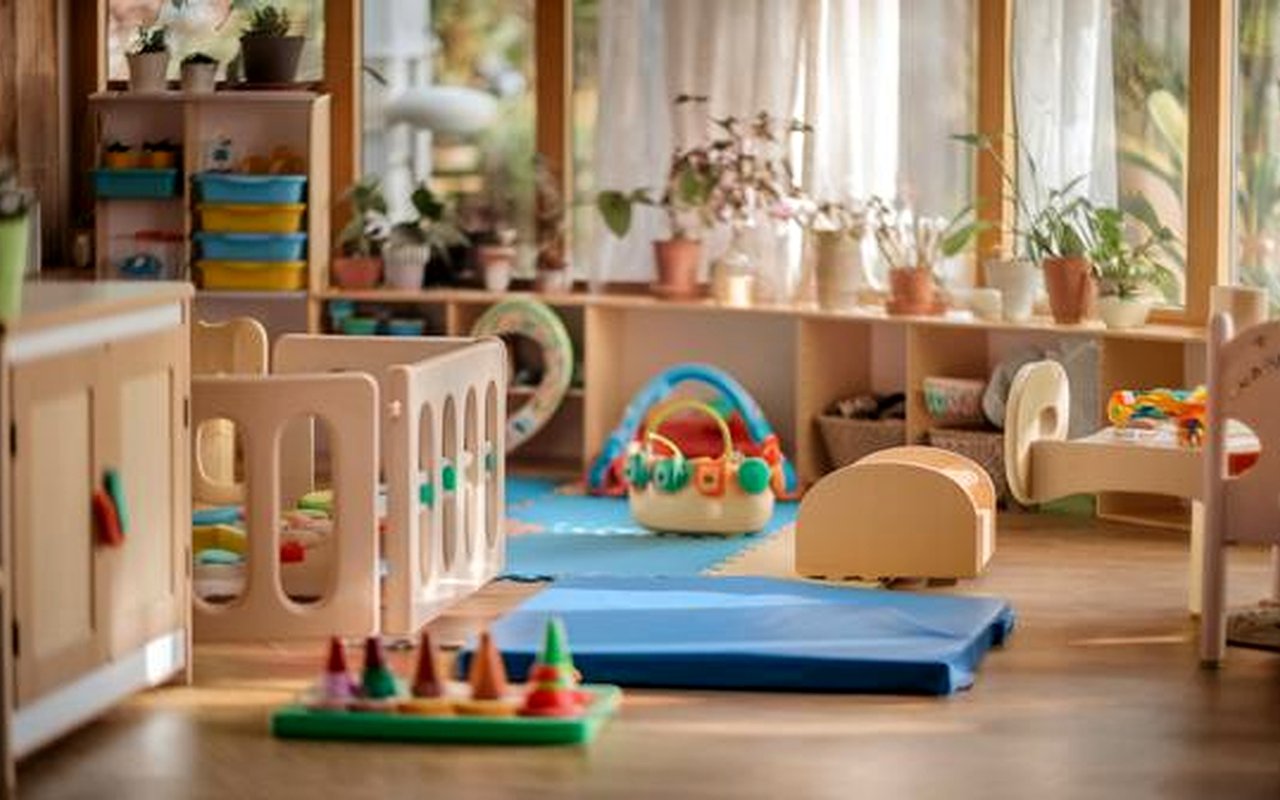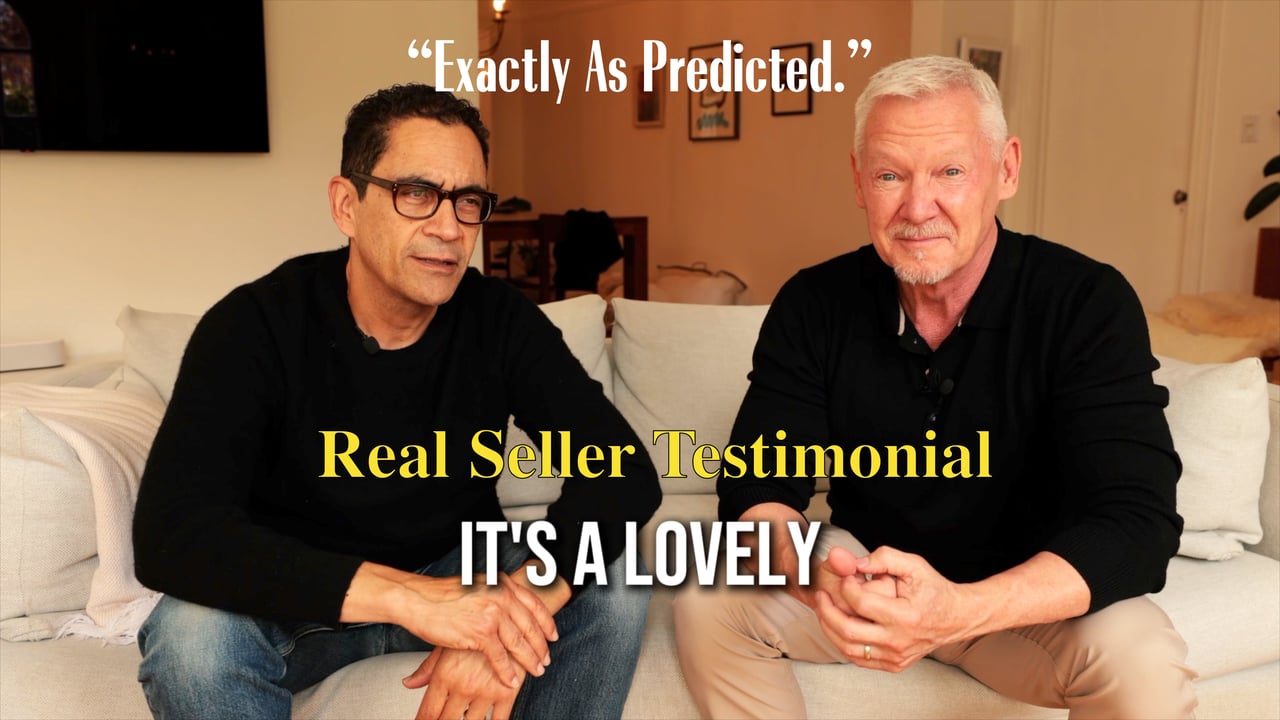Home staging can transform a home from ordinary to extraordinary, capturing the hearts and minds of potential buyers.
58% of buyers' agents cited that home staging had an effect on most buyers' view of the home most of the time, while 31% said that home staging has an effect, but not always. Here, we dive deep into the art of home staging, offering a treasure trove of tips and insights to elevate your property's appeal.
Understanding home staging
Home staging is a strategic process of preparing a home for sale by highlighting its best features and creating an environment where potential buyers can imagine themselves living.
The significance of home staging
Home staging is important as it presents a property in the best possible light, enabling potential buyers to visualize themselves in the space and fostering a quicker sale at a potentially higher price.
Exploring home staging alternatives
When it comes to staging, homeowners have various options from DIY methods, seeking the expertise of real estate agents, or hiring professional home stagers.
Taking the DIY route in home staging
Yes, homeowners can absolutely stage their homes themselves. With a keen eye for detail and a touch of creativity, DIY home staging can be a cost-effective alternative to professional services.
The role of real estate agents in staging
Real estate agents often provide guidance on home staging, drawing upon their understanding of the market and the preferences of prospective buyers.
Delving into the work of professional home stagers
A professional home stager brings expertise in design and market trends, often transforming spaces in ways homeowners might not have considered. Their goal is to make a home appealing to as many potential buyers as possible.
Breaking down the expenses of home staging
The cost of home staging varies based on location, home size, and the extent of services required. It can range from minor expenses for DIY efforts to more significant amounts for professional staging.
Weighing the benefits of home staging
Considering the potential to attract more buyers and secure a higher selling price, many believe the investment in home staging is well worth it.
Budget-friendly home staging strategies
There are numerous ways to stage a home without breaking the bank. From decluttering to repurposing existing furniture, homeowners can make impactful changes with minimal expenses.
Photographing a well-prepared home
When photographing a staged home for online listings, ensure the space is well-lit, decluttered, and showcases the home's best features.
Masterful home staging advice
Minimize clutter
Begin by reducing clutter to make spaces appear larger and more inviting.
Thorough cleaning
A deep clean can refresh a home, making it more appealing to future buyers.
Address imperfections
Tend to any repairs, ensuring the home is in its best condition.
Neutralize personal touches
Removing personal photographs and mementos allows potential buyers to envision their own lives in the space.
Stick to muted palettes
Neutral colors are universally appealing and make spaces feel more open and airy.
Embrace natural illumination
Allowing more natural light can instantly brighten and uplift a room.
Optimize furniture placement
Rearranging furniture can improve flow and functionality.
Define each space
Ensure every room has a clear purpose, aiding buyers in visualizing its potential.
Elevate exterior charm
Enhance curb appeal by tending to landscaping and the home's exterior.
Pitfalls to avoid in home staging
Avoid over-personalizing, using dark curtains that stifle light, or neglecting the curb appeal. These can deter potential buyers.
Common queries on home staging
Post-staging furniture whereabouts
When the curtains fall on the staging phase, there's always the question: Where does all the furniture go? Typically, furniture used for staging is rented from specialized companies, and once the property is sold, it is returned to them. However, there can be scenarios where potential buyers are so enchanted by the setting that they wish to purchase the property along with the staged furniture. In such cases, homeowners have the option to negotiate this as part of the deal, turning the house into a ready-to-move-in package. This can be especially appealing to buyers relocating from afar or those new to homeownership who might not have accumulated much furniture of their own.
Vacant vs. staged homes
When buyers step into a home, they're not just looking at walls and floors—they're trying to envision a life there. A vacant home can feel cold and impersonal, making it challenging for buyers to form an emotional connection. Staged homes bridge this gap. They present a vivid tableau of possibilities, from a cozy reading nook to a lively kitchen space, giving the property warmth and appeal. Statistics have shown that staged homes often garner more interest, resulting in quicker sales and frequently at prices above the listing value.
Table settings during staging
The dinner table, in many cultures, is more than just a piece of furniture—it's where bonds are forged and memories are made. When staging a home, attention to detail, such as a well-set table, can make a significant difference. Crystal glasses, polished cutlery, and elegantly folded napkins can evoke cherished memories of festive meals, Sunday brunches, or intimate dinner parties. For potential buyers, it paints a picture of gatherings and celebrations, subtly emphasizing the home's potential as a space of connection and togetherness.
Staging versus interior decoration
At first glance, home staging and interior decoration might seem like interchangeable terms. However, their core objectives are quite distinct. Home staging is an art crafted to enhance a property's appeal to the broadest audience possible. Its primary goal is to expedite sales while maximizing property value. On the other hand, interior decoration is a more personal endeavor. It’s about tailoring a space to reflect the individual tastes, preferences, and needs of the homeowner. While staging might employ neutral palettes and universally appealing setups, interior design delves deep into personal aesthetics, ensuring that the space is both functional and reflective of the inhabitant's personality.
About Barrentine Group
Barrentine Group stands as a beacon of excellence and unparalleled knowledge within the real estate realm. Contact
Barrentine Group today for insights, expertise, and a partnership that prioritizes your needs above all.
*Header photo courtesy of Barrentine Group

